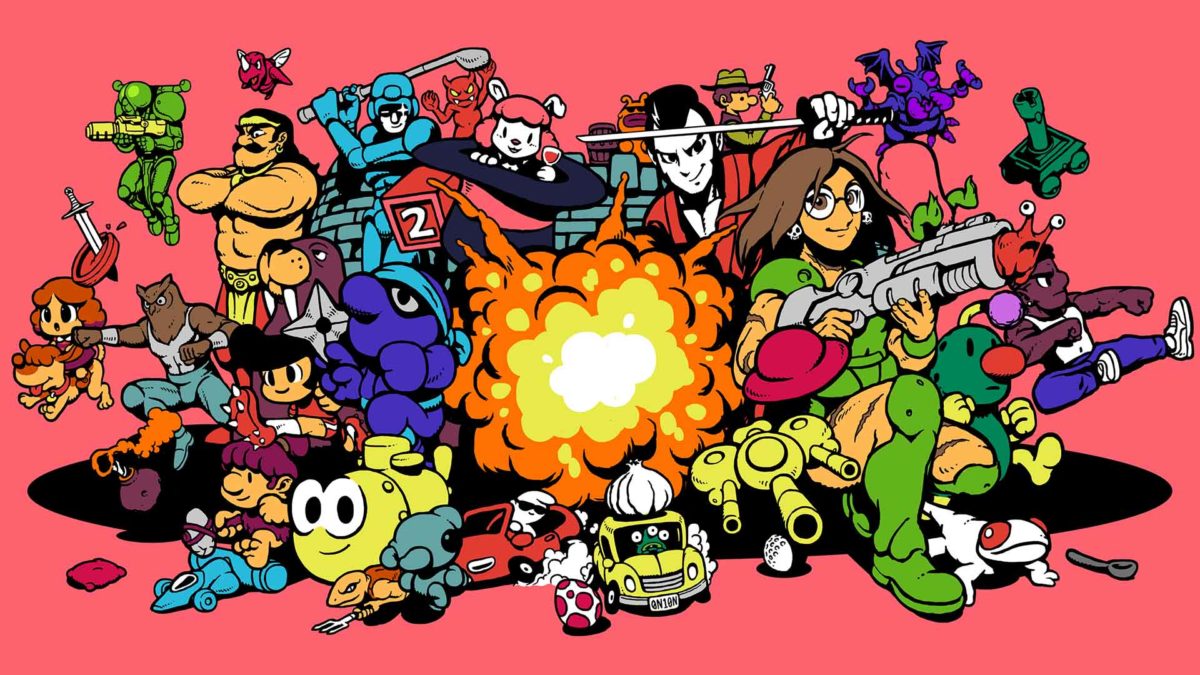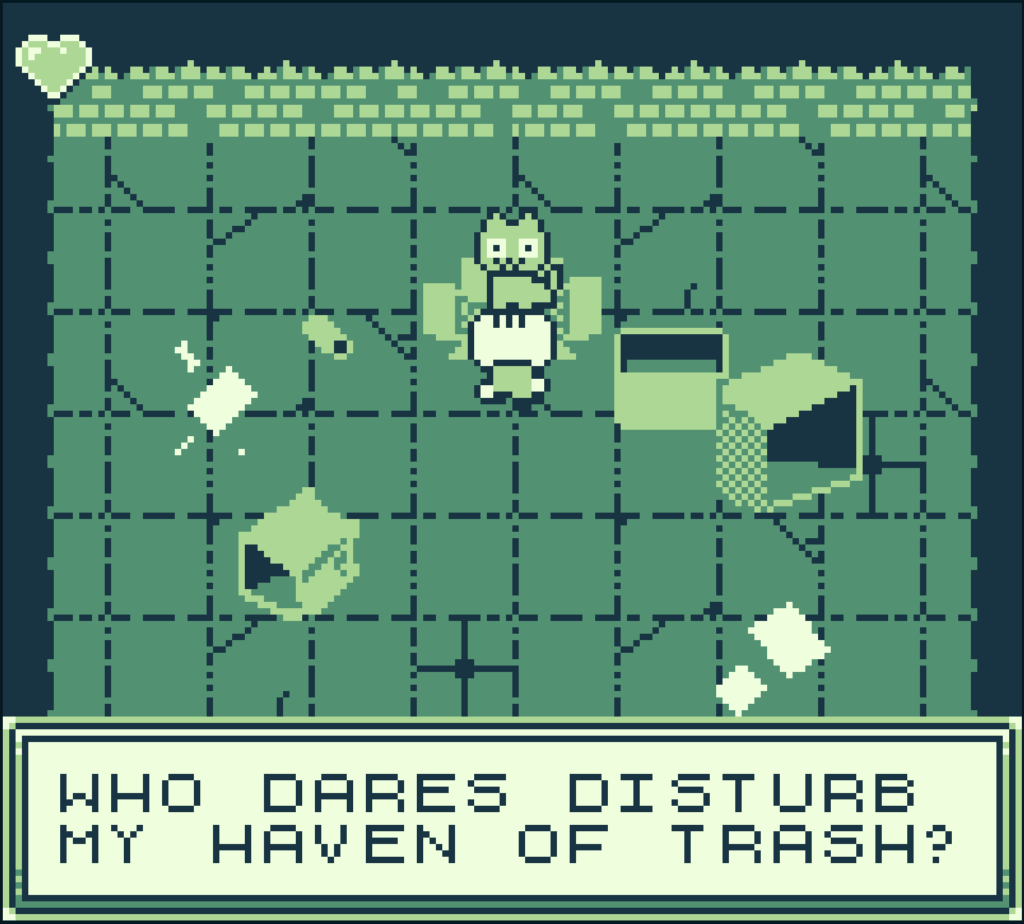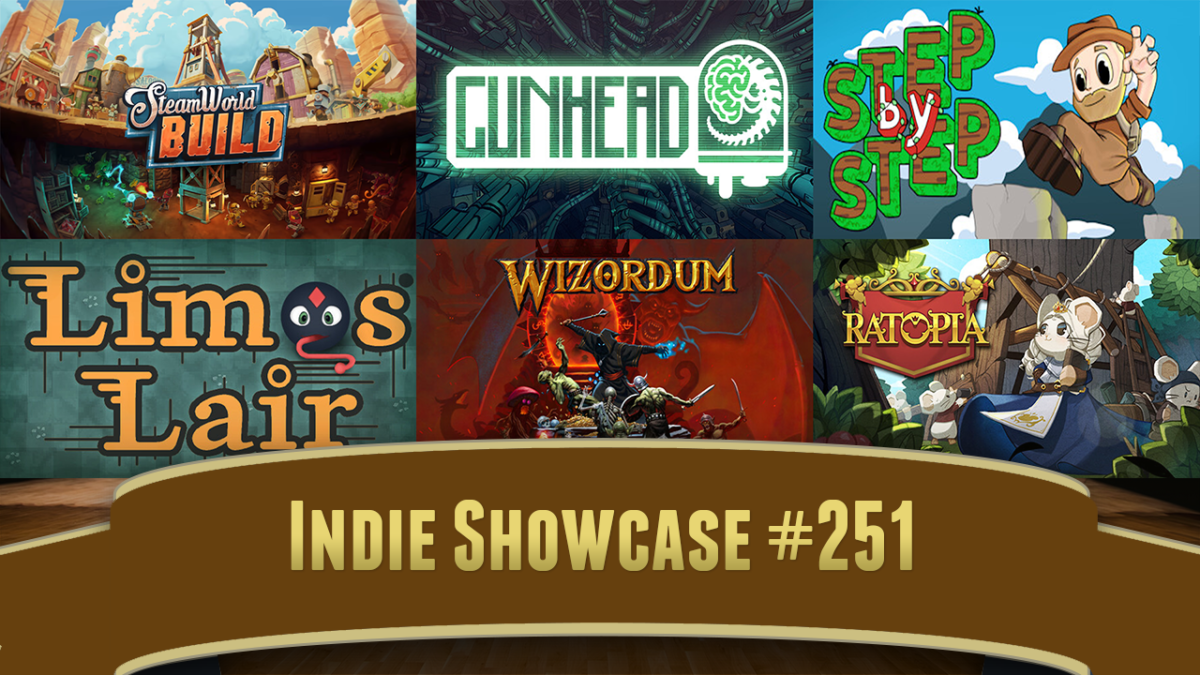Chip Tanaka is the most recent pseudonym of one of the best, certainly one of the most influential, game composers of all time, Hirokazu Tanaka, a.k.a. Hip Tanaka, who made contributions to many NES-era games. His most distinctive soundtracks are probably Metroid and Kid Icarus, but he also worked on Dr. Mario, Super Mario Land, Tetris, Mother and Earthbound. After those he helmed Pokemon co-producer Creatures Inc. for 22 years, until just last year. His most recognizable contributions from an outside perspective, though, are probably still his musical works.
We’ve linked to at least one of his songs before, the Hammerhead Shark Song from his second album Domingo. Its video was animated by Toby Fox, the Undertale/Deltarune maker, and it does a good job of combining the charms both of Tanaka’s music and Fox’s art.
The new album Desatar combines chiptune waveforms with real-world instruments to produce a distinctive mixture. There’s a sampler up on Youtube (3 minutes, embedded below), and the whole thing can be heard on Spotify (though it requires making an account).





